Dive with Whale Sharks: Discover the Gentle Giants of the Ocean
The whale shark (Rhincodon typus) is the largest living fish species and belongs to the family Rhincodontidae. Despite its massive size, the whale shark is a gentle giant and poses no harm to humans. These sharks can be found in oceans worldwide, but primarily in tropical areas. They are the only member of the genus Rhincodon and are part of the Orectolobiformes order, which encompasses the carpet shark group.

Until the early to middle of the 18th century, no one had ever heard of whale sharks as a distinct shark species. It is assumed to have evolved from carpet sharks, which were bottom-dwellers and are currently only found off the coast of South Africa. While its actual history dates back to the Jurassic and Cretaceous ages, 245-65 million years ago, this shark is only found off the coast of South Africa. Even now, it is considered to be a critically endangered species.
Despite occasional tales of bigger individuals, 18.8 meters, or almost 62 feet, was the longest specimen ever accurately measured. That’s bigger than the size of a school bus
Physical Characteristics of Whale Sharks
It is identifiable by its large size and color. With a white pattern of spots and stripes, the sides and back are blue to almost black. It has a white ventral surface.
These fish have a shark-like morphology, but unlike many sharks, they have mouths at the front of their big, flat heads. They can sweep up their prey as they swim thanks to their vast jaws, which may be more than five feet wide for an average-sized individual. The species features noticeable ridges on the body’s sides, with the lowest elevation on the caudal peduncle extending into a keel.

A sluggish-moving shark, its diet consists of squid, tiny crustaceans, anchovy, and large and small fish from the water using filtering screens on its gills.
Habitat and Distribution
All around the globe, whale sharks may be found in warm seas. They may be found in the western Atlantic Ocean, which includes the Gulf of Mexico and the Caribbean Sea, from the coast of New York in the United States to central Brazil. From the shores of Senegal, Mauritania, and Cape Verde to the Gulf of Guinea, they may be found in the eastern Atlantic.
The western and central Pacific Ocean, as well as the Indian Ocean, is home to whale sharks. They have been seen near Pakistan, India, Sri Lanka, Malaysia, Thailand, China, Japan, the Philippines, Indonesia, Papua New Guinea, Australia, New Caledonia, and Hawaii, as well as in the Red Sea and off the coast of South Africa. They may be found in the eastern Pacific from southern California in the United States to northern Chile.
Behavior and Life Cycle
Divers can often approach non-aggressive whale sharks and interact with them gently without any issues. These enormous fish sometimes let divers catch their dorsal fins and swim with them. They also approach boats out of curiosity, but only if they don’t feel threatened. During specific times of the year, they may gather in groups, known as schools, for feeding, including during their yearly migration to the Australian coast. However, they are primarily solitary creatures.
The mating behavior of these sharks is unknown as they are elusive and seldom recorded. Biologists believe they must be 25 to 30 years old before being ready to reproduce. The female whale shark keeps the fertilized eggs inside until the young shark eggs hatch, providing a secure environment. When female whale sharks give birth, they are fully developed and capable of caring for themselves. The number of pups in a litter is unknown, but 300 whale shark pups have been recorded with an average length of 21 to 25 inches.
The longevity of whale sharks is thought to be over 70 years, with some researchers suggesting that they may live for more than 100 years, potentially up to 125.
Where To Go To See Whale Sharks
Whale shark diving figures on pretty much every scuba diver’s bucket list. Their ability to captivate and mesmerize anyone who encounters them underwater and their impressive range of fascinating facts about sharks make them an absolute delight to dive with.

The majestic whale shark, like many other megafaunas, faces significant environmental challenges and is currently listed as an endangered species by the IUCN. However, by participating in responsible scuba diving or snorkeling activities with these incredible creatures, you can help contribute to their conservation efforts. Choosing a reputable and environmentally conscious operator for your journey is crucial to minimize your impact on whale sharks and their habitat.
Cenderawasih Bay, Indonesia
Recently, Cenderawasih Bay has gained notoriety for having whale sharks. The region has an exceptional density of these giants. The Kwatisore Bay area, close to the town of Nabire, is where most encounters take place. Early in the morning is by far the finest time to dive in this region. While the whale sharks in Indonesia are always around, most liveaboard divers visit the area between June and October since those months have the worst weather conditions in Raja Ampat.
- Dive Type: Protected Bay
- When to Go: June to October
Galapagos Islands, Ecuador: Pillars of Evolution
In the Pacific Ocean, not far from Ecuador, is the volcanic archipelago known as the Galapagos Islands. Only accessible by liveaboard, Darwin Island is home to the Pillars of Evolution, a popular diving location. Darwin’s Arch was the former name of this location up to its collapse in May 2021. Megafauna enthusiasts will like this dive, while whale shark enthusiasts will enjoy it because of the frequent sightings.
These islands are home to several unique species that may be seen when scuba diving in the region, including marine iguanas, Galapagos tortoises, and penguins. Whale sharks are among the many animals you can see when scuba diving because of the region’s extreme variety. In addition, interactions with humpback whales, pilot whales, reef sharks, and the local hammerheads are possible during the Galapagos whale shark season.
- Dive Type: Wall / Drift
- When to Go: June to December
Simon’s Town, Tofo Beach, Mozambique
Whale sharks often follow the food source, and there is plenty of it just off the shore of Tofo Beach. This remote area has one of Africa’s highest concentrations of whale sharks because plankton is present year-round there. Inside Whale Shark Alley are at least three diving sites: Chamber of Secrets, Simon’s Town, and Marble Arch. All three locations have a good chance of spotting them, but the safety stop area in Simon’s Town offers the highest probability of encountering them consistently.
- Dive Type: Reef
- When to Go: November to February
Sun Island, South Ari Atoll, Maldives
The Maldives offers year-round opportunities to see whale sharks, but for optimal chances, you should visit between December and May, during the week before full moon. Whale sharks may be readily seen off the southern coast of Sun Island, which has a shallow plateau. All levels of scuba divers and snorkelers are welcome to participate.
“Little” whale sharks (from 3-8m/10-26ft) congregate in the South Ari Atoll’s southern border for feeding and growth. They typically stay there for two months. The area is thought to offer these baby sharks a haven with a reliable feeding supply. Thanks to these warm, tropical waters, they can find much food and a predator-free habitat. The Maldives Whale Shark Research Programme’s scientists found and named 571 whale sharks throughout the ten years leading up to January 2022 and documented at least 8,000 distinct interactions.
- Dive Type: Reef
- When to Go: December to May
Ningaloo Reef’s Mandu Wall, Australia
Ningaloo Reef stretches approximately 160 miles (260 km) along Australia’s west coast. The Ningaloo Reef, a UNESCO World Heritage Site, is home to hundreds of fish species, including the biggest, the whale shark. Many fish, corals, mollusks, and other marine invertebrates live on this magnificent reef.
This area is one of the most popular destinations worldwide for encountering these majestic giants due to its convenient accessibility. Many local operators even offer guarantees of sightings! Spotter aircraft are often used on whale shark-watching cruises to enhance the chances of encountering them. While it is possible to scuba dive with whale sharks, most programs only offer snorkeling opportunities.
During winter, you can encounter large migratory creatures such as dolphins, manta rays, and humpback whales. The beaches also have various sea turtles that lay their eggs there.
- Dive Type: Reef
- When to Go: March to June
Kilindoni Harbour, Mafia Island, Tanzania’s
Mafia Island in Tanzania is considered one of the best locations for whale shark diving, with relatively few tourists compared to other spots. During the season, it’s common to see several whale sharks on each trip, and small groups of these majestic creatures are often spotted during peak times. Most tours include snorkeling on the island’s west side, but scuba diving outside of the Marine Park is also permitted. So, if you’re feeling adventurous, strap on your scuba gear and explore the unknown because you never know what you might encounter!
- Dive Type: Channel / Snorkel
- When to Go: October to March
Threats to Whale Sharks
Whale sharks, like other large marine carnivores, face threats from top predators, including various shark species. Killer whales, tiger sharks, and great white sharks all prey on young, smaller sharks. However, due to their massive size, these predators do not often target larger whale sharks.

Unfortunately, humans pose another significant threat to the survival of these sharks. Accidentally caught in fishing gear and nets often lead to their death. These giant fish are also hunted for their fins, oil, and meat in several countries, such as China, India, and the Philippines. It is crucial to raise awareness of these threats and work towards sustainable fishing practices to protect the survival of these magnificent creatures.
Conservation Efforts For This Gentle Giants
The International Union for the Conservation of Nature (IUCN) designated these sharks as endangered in 2016 because of its decreasing populations, which indicates a high risk of extinction in the wild.
By selecting seafood harvested ethically, we may contribute to their preservation. Supporting laws that save sharks and selecting tour operators that reduce their environmental impact while teaching their clients about marine life are great ways of supporting as well.
Conclusion
In conclusion, the gentle giants of the ocean captivate the hearts of many with their enormous size and docile nature. As the largest fish species in the world, they are an invaluable part of the marine ecosystem. Their unique physical characteristics, vast distribution, and intriguing behavior have drawn the attention of researchers and tourists alike.
While these magnificent creatures face numerous threats, primarily from human activities, conservation efforts are ongoing to ensure survival. By supporting ethical seafood consumption, responsible tourism, and marine conservation laws, we can all play a role in preserving these awe-inspiring animals. For those eager to experience the beauty of this giant in person, numerous prime locations worldwide provide the opportunity for responsible diving and snorkeling encounters with these gentle giants.
Disclosure: This post may contain affiliate links, which means that DIVEMONDO may receive a small commission if you make a purchase using these links. As an Amazon Associate this website earn from qualifying purchases.

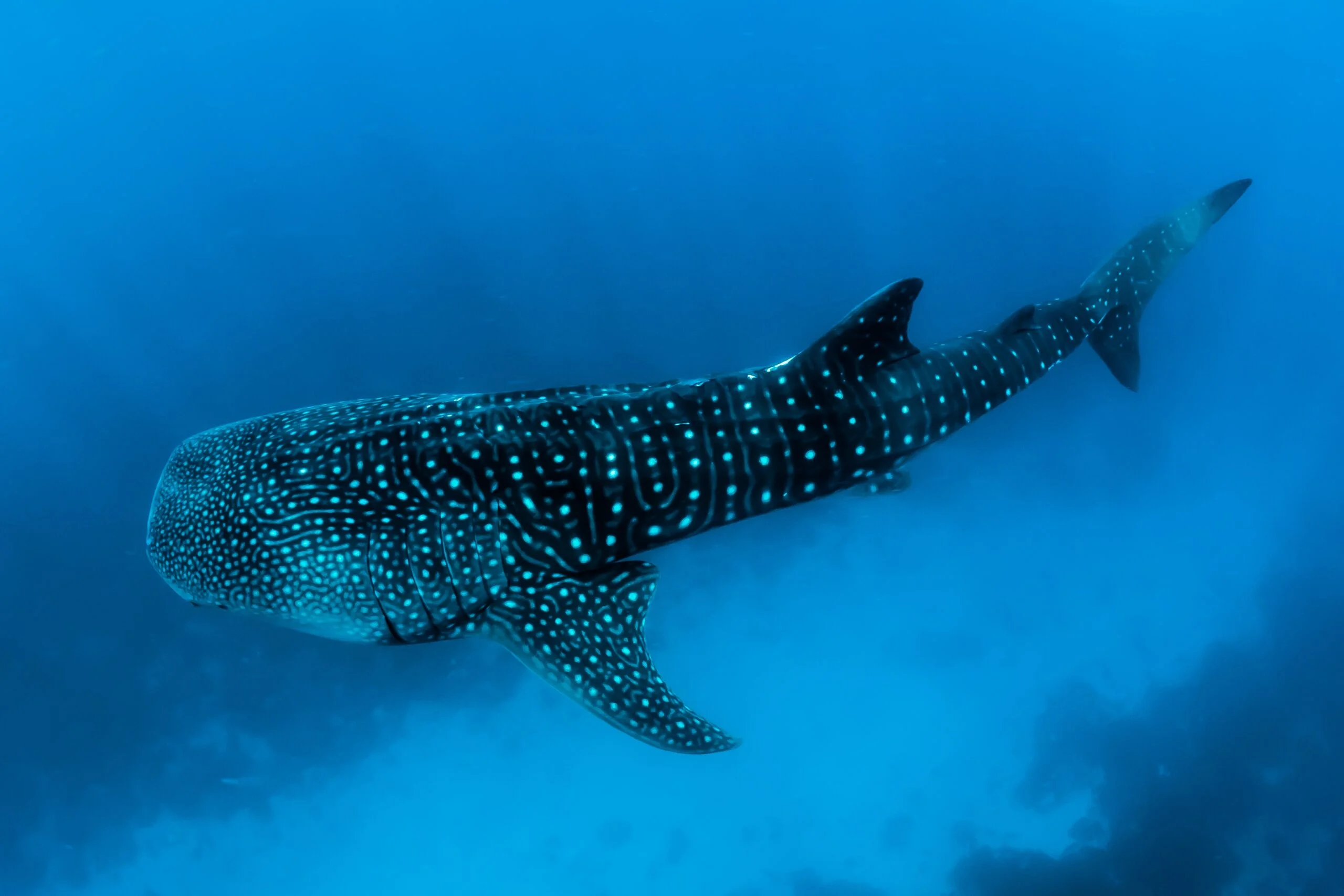
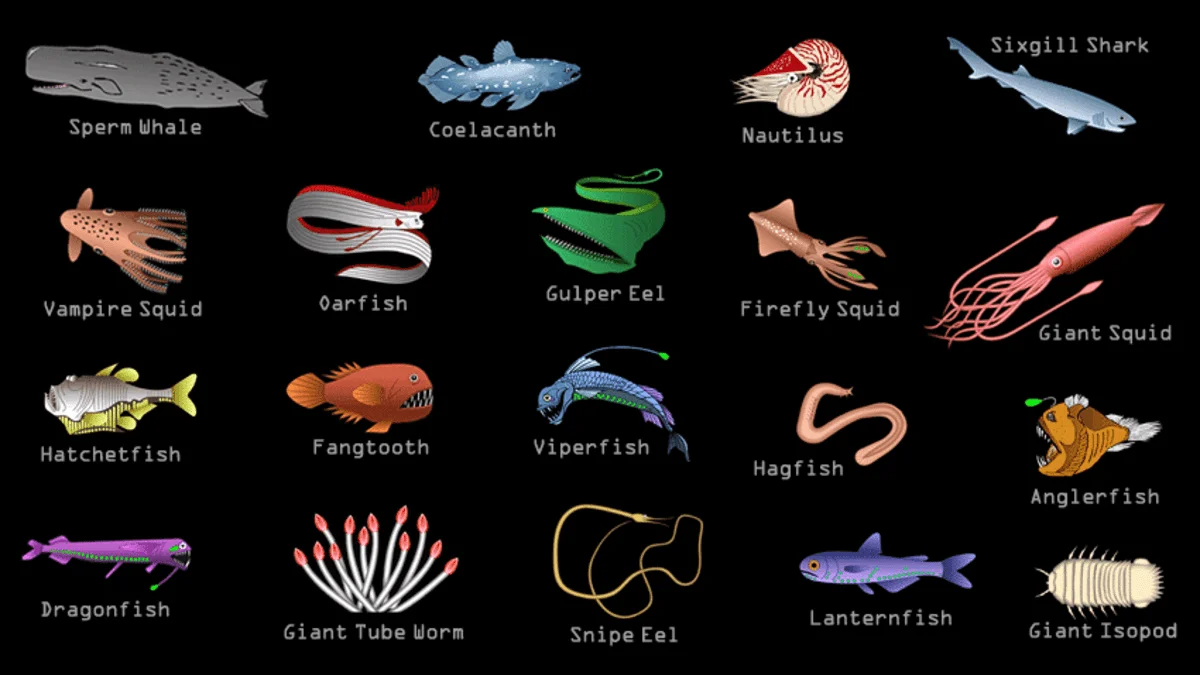
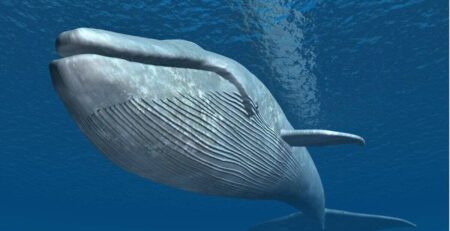

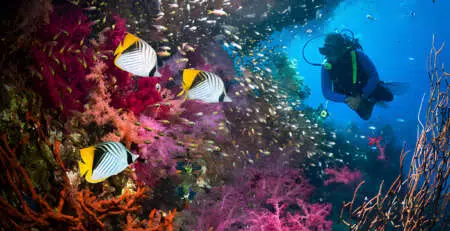
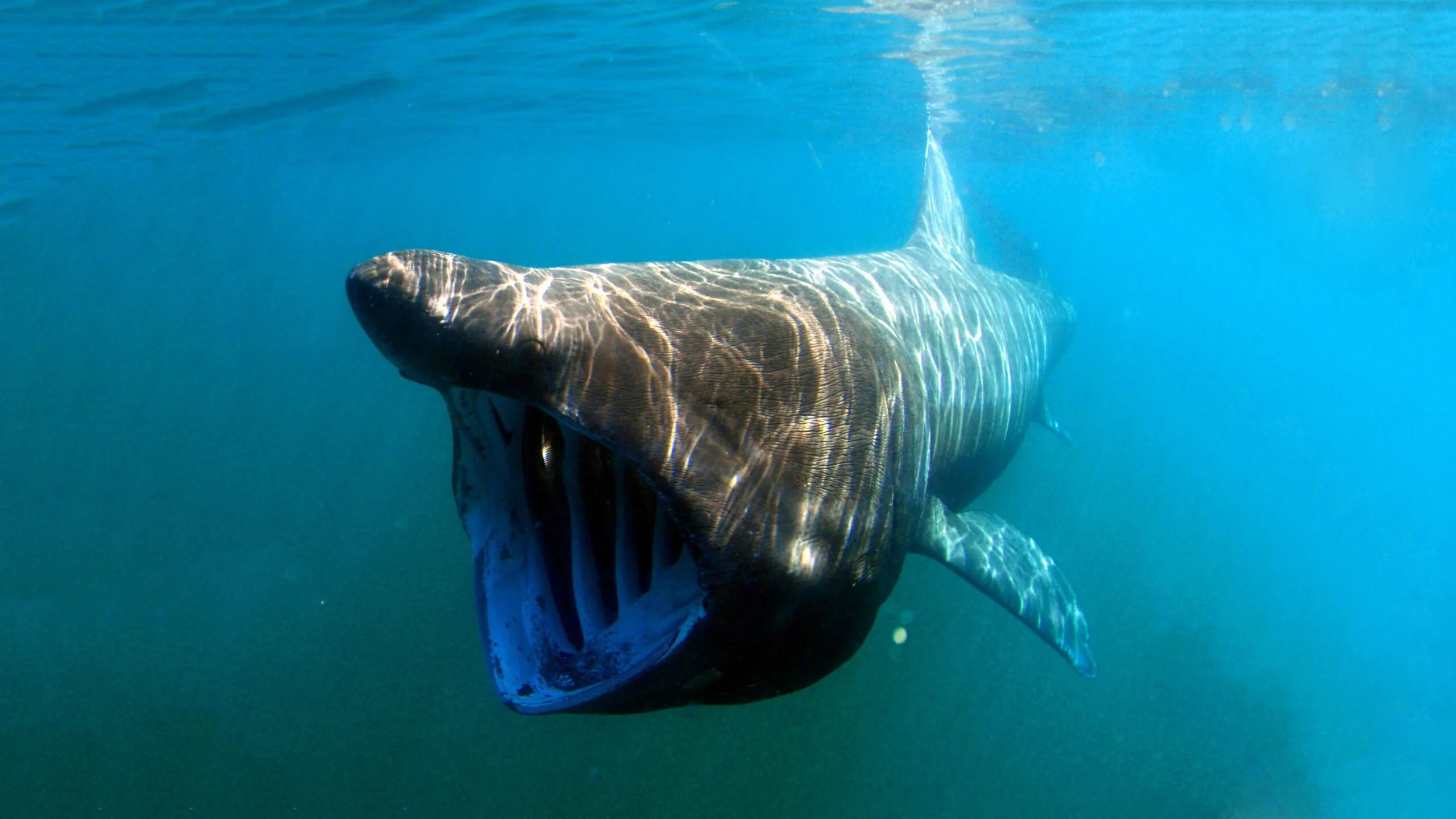

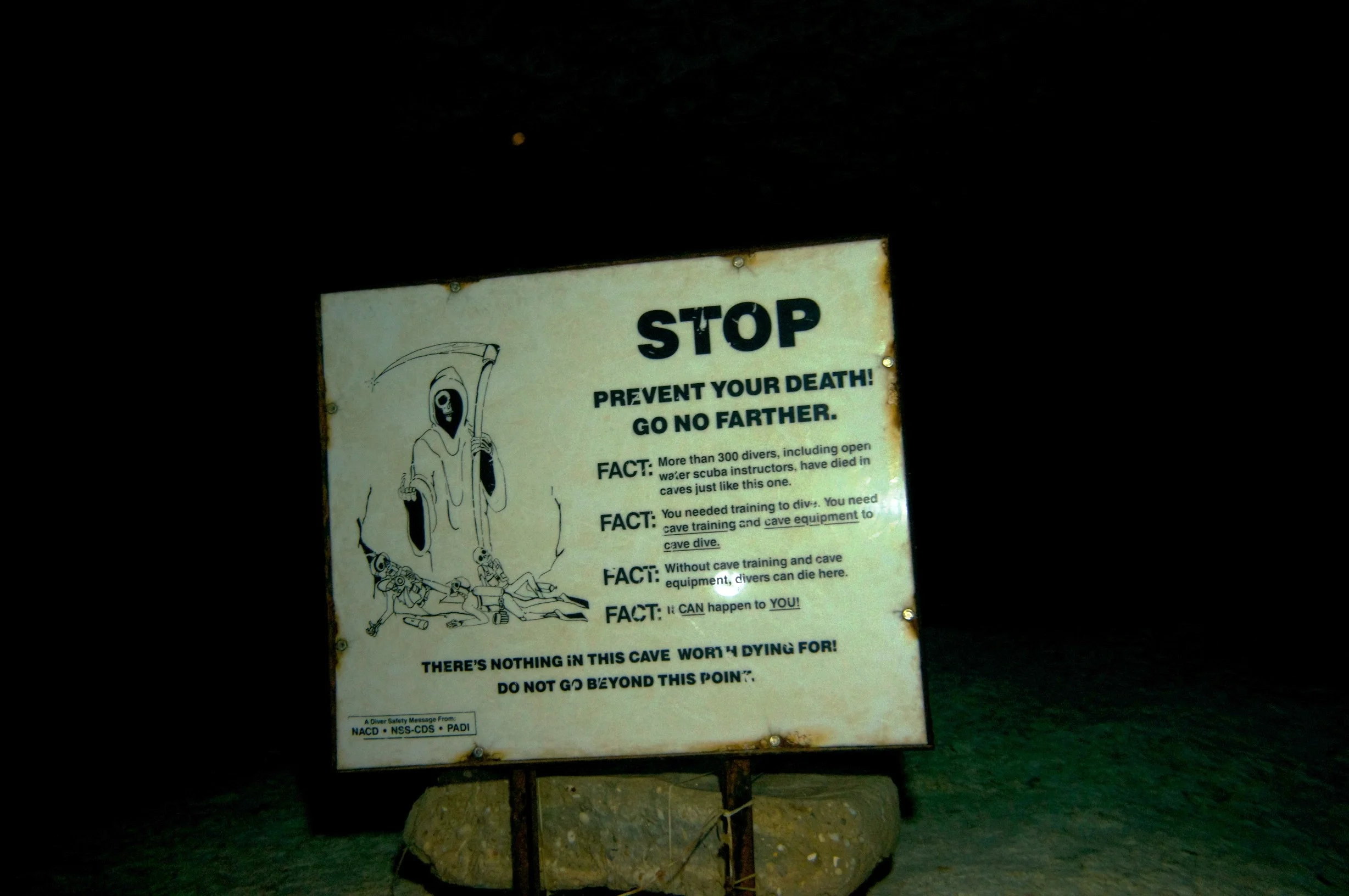
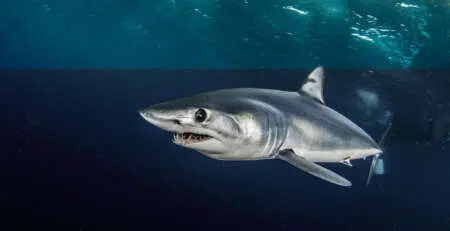



Leave a Reply